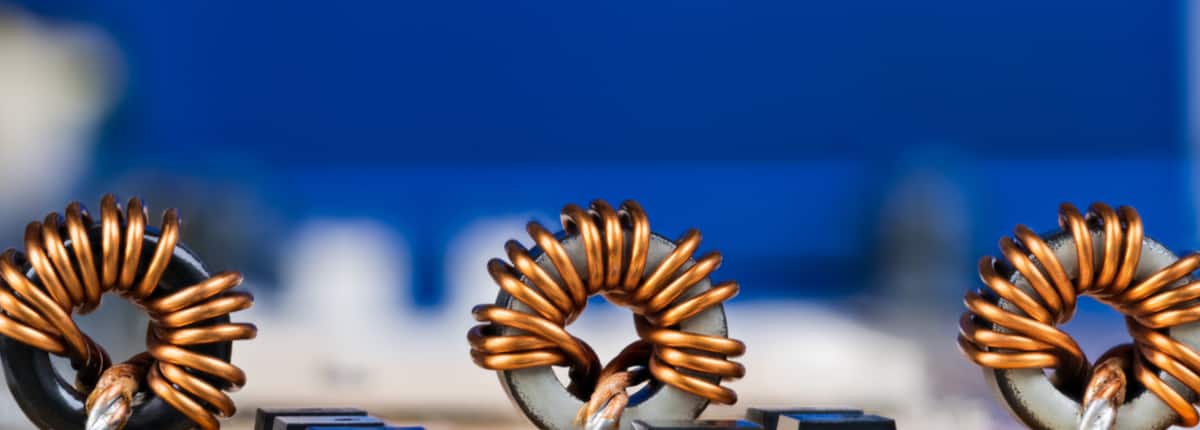Career Outcomes
Electrician (341111): currently on Medium and Long-term Strategic Skill List (MLTSSL)
Industry Overview
The construction industry is a significant driver of economic activity in Australia and is projected to grow by 2.4% in the next 5 years. It employs close to 1.2 million people and has the largest number of small businesses in Australia. Construction workers are employed in both residential and commercial sectors, and are involved in site preparation, building installation and structure services. The majority of workers in the sector are employed as carpenters and joiners, followed by construction managers and plumbers (Source: IBISWorld).
Insights
Average weekly earnings: $1,823 per week
Mode of work: Most work full-time (90%)
Hours per week: full-time workers spend around 45 hours/ week at work.
Age: the average age is 34 years.
Gender: 2% workers are female
(Source: Joboutlook.gov.au)
Qualification Needed
Workers usually need a certificate III in electrotechnology (electrician or systems electrician) to work as an Electrician. These courses are often completed as part of an apprenticeship.
Course Overview
Electricians specialize in the electrical wiring of buildings, transmission lines and equipment. They are employed in both installation and repair roles and can specialize in particular industries. Studies in electrotechnology will teach you how to install wiring systems, accessories and appliances, connect electrical circuits and solve problems related to electrical equipment.
Course Requirements
Most institutions require completion of Australian Year 11 or 12 (or equivalent), as well as a minimum IELTS score of 5.5 with no band score less than 5.
Costs
A 2-year packaged trade course costs between $12,000 and $20,000 per year, depending on the institution.




Ending ‘visa hopping’ – 600 and 485 visas to student
35 Years or Under Age Limit for 485 Visa (50 for Masters by research and PhD)
Bridging Visa R
Genuine Student (GS)
Mobility Arrangement for Talented Early-professionals Scheme (MATES)